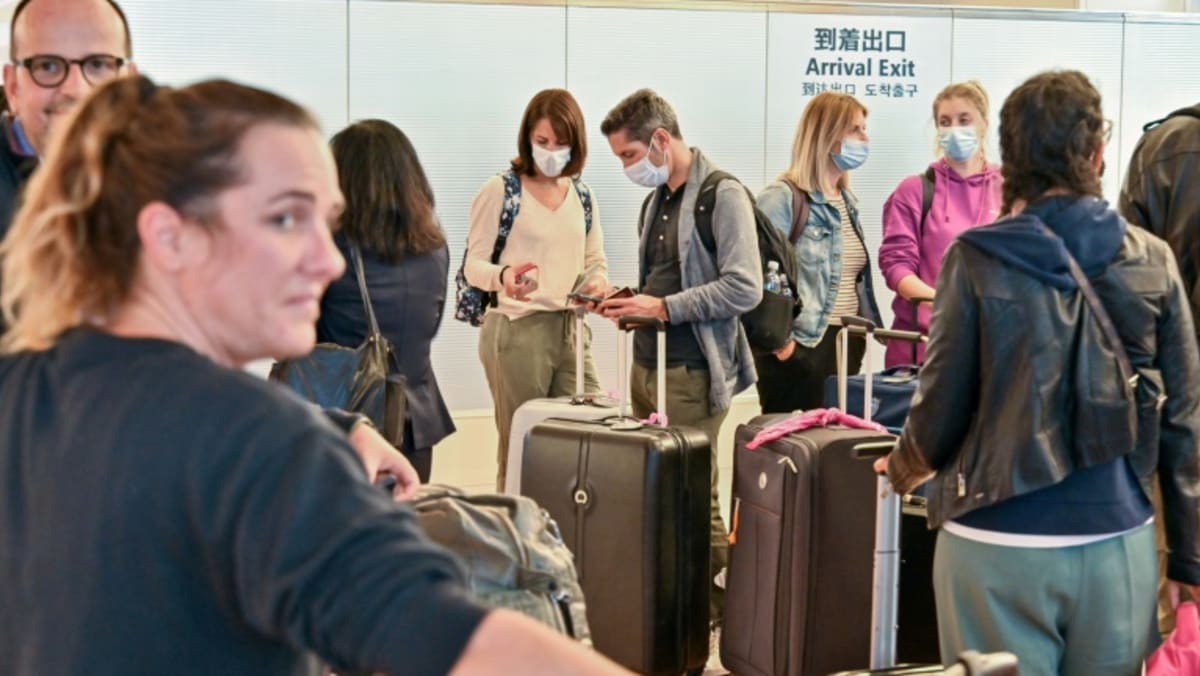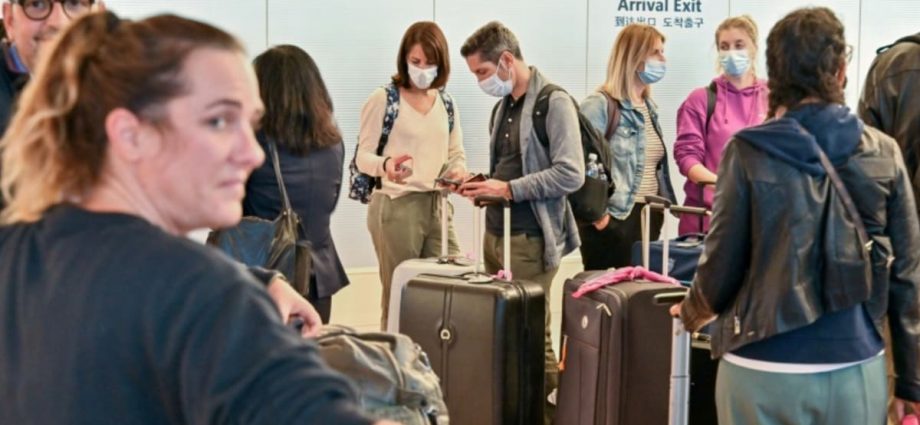
DEMAND SOARING
In Japan, tourists will find a country that is still adhering to many of the health guidelines that helped it to keep pandemic deaths to around 45,500, lower than many other developed economies.
Masks are ubiquitous, and though not mandated by law, parliament is set to pass legislation allowing hotels to deny service to customers who refuse to wear one or observe other health rules.
Masks are worn not only indoors and on public transport, but even outdoors, despite the government saying they are not necessary outside in uncrowded settings.
Hand sanitiser is placed at the entrance of most businesses, while plastic dividers are also often used in restaurants.
Another major change for tourists will be the weakness of the yen, which is hovering around 145 to the dollar, a level not seen for two decades.
The government has already had to intervene once to prop up the currency, and Prime Minister Fumio Kishida cited the yen’s weakness as a factor he hoped would draw tourists when he announced the reopening.
There is certainly no shortage of demand, according to travel agents.
Since the September announcement of the planned reopening, “we’ve been absolutely drowning, we don’t have enough time to deal with all the requests”, said Antoine Chanthavong, of Paris-based travel agency Destination Japan.
Still, for now at least, tickets are not coming cheap, with fuel prices soaring and airlines forced to take circuitous routes to avoid Russian airspace.
And for all the rebound in demand, there is little expectation that tourist numbers will soon reach their 2019 levels.
Before the pandemic, travellers from Hong Kong and China made up 37 per cent of all foreign visitors to Japan, and 44 per cent of tourism income.
But tough COVID-19 restrictions in China make it unlikely visitors from there will be flocking back to Japan anytime soon.

